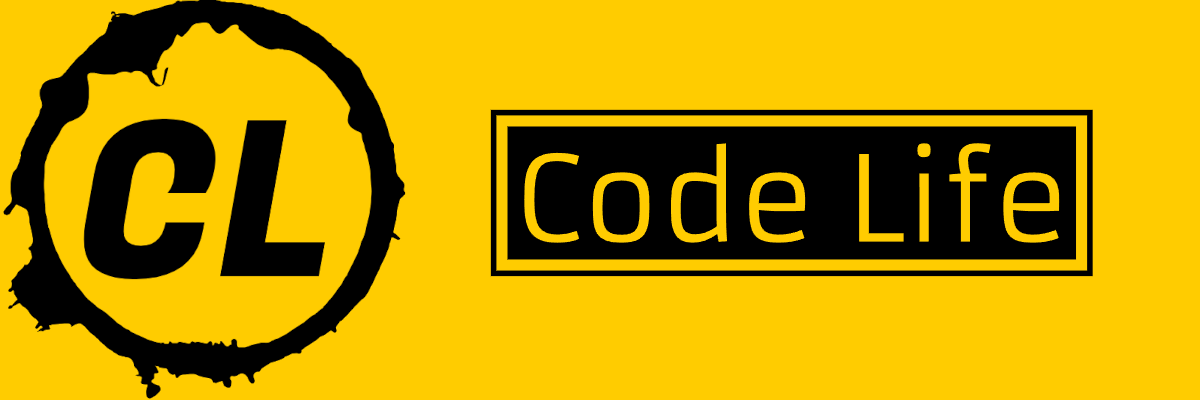Why did the object-oriented programmer go broke?
Because he didn't have enough class to inherit any money!Object-Oriented Programming (OOP) is a fundamental concept in software development and a common topic in technical interviews. Here’s a cheat sheet to help you brush up on OOP principles and prepare for common interview questions.
Key Concepts of OOP
- Class: A blueprint for creating objects. Defines a type of object according to its properties and behaviors.
- Object: An instance of a class. Represents a specific entity with defined attributes and methods.
- Inheritance: A mechanism where a new class derives properties and behavior from an existing class.
- Polymorphism: The ability of different classes to respond to the same function call in different ways.
- Encapsulation: The practice of bundling data and methods that operate on the data within one unit, e.g., a class, and restricting access to some of the object’s components.
- Abstraction: The concept of hiding the complex implementation details and showing only the necessary features of an object.
Common Interview Questions with Answers
- What is OOP, and how is it different from procedural programming? Answer:
OOP is a programming paradigm based on the concept of “objects”, which can contain data in the form of fields (attributes) and code in the form of procedures (methods). Unlike procedural programming, which is organized around functions and logic, OOP is organized around objects and data. This allows for more modular, reusable, and maintainable code. - Can you explain the four pillars of OOP and give examples? Answer:
- Encapsulation: Protecting data by restricting access to private fields using public methods. For example, in Java, you might use private variables with public getter and setter methods.
java public class Person { private String name; public String getName() { return name; } public void setName(String name) { this.name = name; } } - Inheritance: Creating a new class based on an existing class to promote code reuse. For example, in Python:
class Animal: def speak(self): pass class Dog(Animal): def speak(self): return "Bark" - Polymorphism: The ability to process objects differently based on their data type or class. For example, method overriding in C#:
public class Animal { public virtual void Speak() { Console.WriteLine("Animal speaks"); } } public class Dog : Animal { public override void Speak() { Console.WriteLine("Bark"); } } - Abstraction: Hiding complex implementation details and exposing only the necessary parts. For example, in C++:
class AbstractShape { public: virtual double area() = 0; // pure virtual function }; class Circle : public AbstractShape { private: double radius; public: Circle(double r) : radius(r) {} double area() { return 3.14 * radius * radius; } };
- What is the difference between an abstract class and an interface? Answer:
- An abstract class can have both abstract methods (methods without a body) and concrete methods (methods with a body). It can also have fields with implementations. Abstract classes are used when classes share a common base with some shared code.
abstract class Animal { abstract void makeSound(); void breathe() { System.out.println("Breathing"); } } class Dog extends Animal { void makeSound() { System.out.println("Bark"); } } - An interface only declares methods without providing any implementation. Classes that implement the interface must provide implementations for all its methods. Interfaces are used to specify what a class should do, not how.
interface Animal { void makeSound(); } class Dog implements Animal { public void makeSound() { System.out.println("Bark"); } }
- What is the significance of the
thiskeyword in OOP? Answer:
Thethiskeyword refers to the current instance of the class. It is used to avoid naming conflicts between instance variables and parameters, to pass the current object as a parameter to other methods, and to invoke other constructors from a constructor. For example, in Java:
public class Person {
private String name;
public Person(String name) {
this.name = name; // 'this.name' refers to the instance variable, 'name' is the constructor parameter
}
public void display() {
System.out.println("Name: " + this.name);
}
}- Can you explain method overloading and method overriding with examples? Answer:
- Method Overloading: Defining multiple methods with the same name but different parameter lists in the same class. It is a compile-time polymorphism. For example, in C#:
public class MathOperations { public int Add(int a, int b) { return a + b; } public double Add(double a, double b) { return a + b; } } - Method Overriding: Providing a new implementation of a method in a subclass that is already defined in its superclass. It is a run-time polymorphism. For example, in Python:
class Animal: def speak(self): print("Animal speaks") class Dog(Animal): def speak(self): print("Bark")
Tips for Interview Preparation
- Understand the Concepts: Make sure you have a strong grasp of OOP principles and can explain them clearly.
- Practice Coding: Write code to implement OOP concepts in your preferred programming language.
- Review Common Patterns: Study design patterns and understand how they leverage OOP principles.
- Prepare for Behavioral Questions: Be ready to discuss your experiences with OOP in past projects.
- Mock Interviews: Practice with mock interviews to get comfortable with the format and pressure.
By reviewing these concepts and practicing these common questions, you’ll be well-prepared to tackle OOP questions in your software engineering interviews. Lets go!
